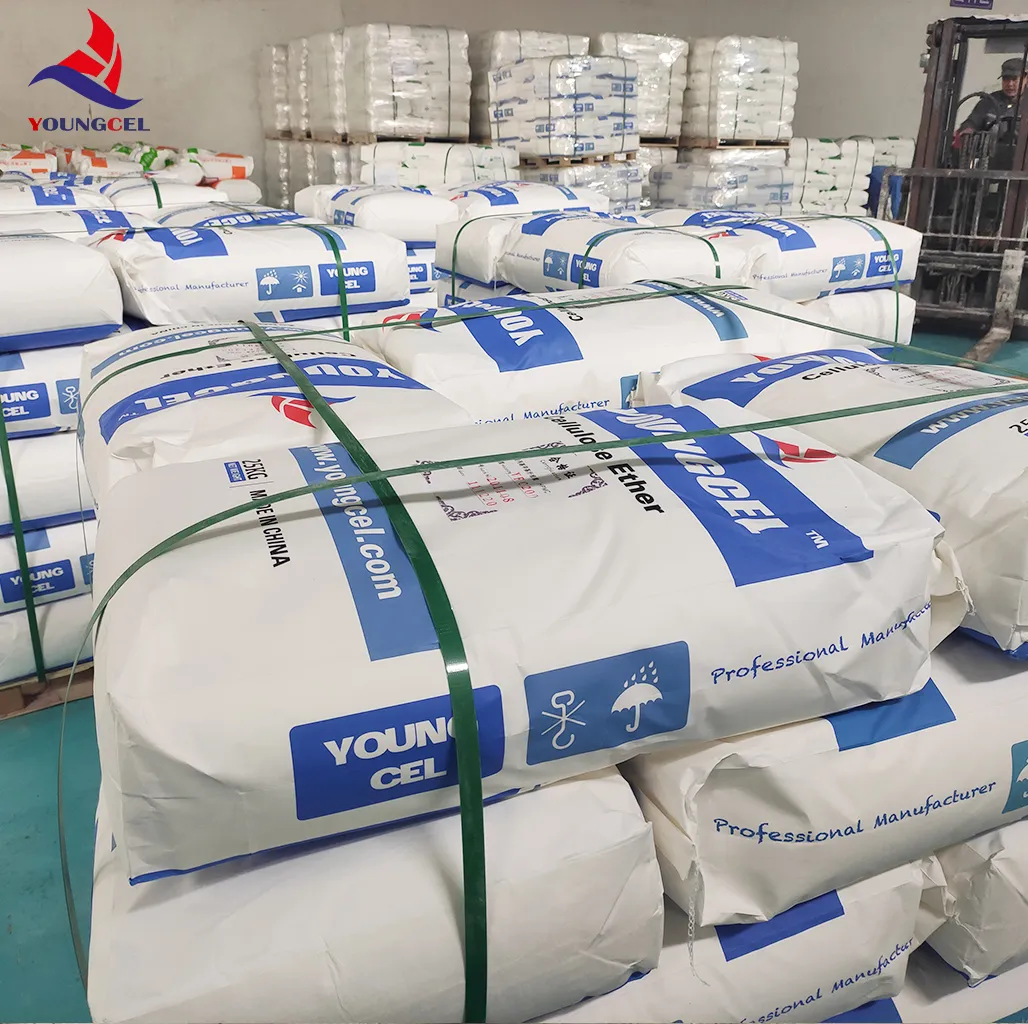The Current Trends in Cellulose Market Prices
The cellulose market is an integral part of the global economy, influencing various industries ranging from textiles and paper to food and pharmaceuticals. With the increasing demand for sustainable materials, the cellulose market has seen a significant uptick in interest and pricing trends over the past few years. This article explores the current trends in cellulose market prices, the factors affecting these prices, and the prospects for the future.
Understanding Cellulose and Its Applications
Cellulose, a natural polymer found in the cell walls of plants, is one of the most abundant organic compounds on Earth. It is primarily used in the production of paper and textiles but has also gained traction in other sectors such as pharmaceuticals, food additives, and biofuels. The increasing shift towards biodegradable and sustainable materials has propelled the demand for cellulose, thus impacting its market price.
Current Market Prices
As of 2023, the cellulose market has witnessed fluctuations in prices due to various external and internal factors. The average price of cellulose has shown an upward trend, primarily due to the rising costs of raw materials and production processes. On average, cellulose prices have ranged from $700 to $1,200 per ton, depending on the quality and type of cellulose being produced.
One significant factor driving the price increase is the growing global demand for sustainable products. Many companies are transitioning to biodegradable materials in their production processes, which has led to a surge in cellulose-based products. The increasing adoption of cellulose in industries such as food packaging, where consumer awareness of environmental issues is also rising, has further contributed to this trend.
Factors Influencing Prices
Several factors play a critical role in influencing cellulose market prices
cellulose market price

1. Raw Material Availability The primary source of cellulose is wood pulp, and fluctuations in the availability of timber can significantly impact prices. Deforestation, changing regulations regarding forestry, and climatic conditions can all affect the supply of raw materials.
2. Production Costs The cost of production processes, including energy prices and labor costs, also influences cellulose prices. Companies are continuously looking for ways to optimize their production processes, but rising energy prices can squeeze margins and lead to higher prices for consumers.
3. Technological Advancements Innovations in cellulose production techniques, such as more efficient extraction processes or alternative sources of cellulose, can alter market dynamics. For instance, advancements in biotechnology are allowing for the production of cellulose from non-wood sources, which could help stabilize prices in the long run.
4. Global Economic Conditions Economic fluctuations and trade policies impact the cellulose market. Tariffs on imported wood products and changes in trade agreements can create uncertainty and cause price volatility.
Future Prospects
Looking ahead, the cellulose market is poised for growth, driven by the increasing demand for eco-friendly products and regulatory pressures on industries to adopt sustainable practices. As consumer preferences shift towards sustainability, the cellulose market is likely to capitalize on this trend, leading to potential price increases.
Moreover, significant investments in research and development are expected to yield alternative sources of cellulose and more efficient production methods, which may stabilize prices over time. The rise of the circular economy, where waste is minimized and materials are reused, may also create new opportunities for cellulose applications, further solidifying its place in various industries.
Conclusion
In summary, the cellulose market is currently experiencing an upward trend in prices driven by several interrelated factors, including raw material availability, production costs, technological advancements, and global economic conditions. The future of the cellulose market appears bright, with an ongoing push toward sustainability and innovation. As industries continue to adapt to changing consumer demands and regulatory landscapes, the market dynamics will evolve, making cellulose an increasingly important material in the global economy. Stakeholders in the cellulose supply chain should stay informed about these trends to make strategic decisions that align with market developments.




